There’s nothing quite like a steaming bowl of ramen on a chilly evening. It’s warm, comforting, and full of flavor. But for years after my diagnosis, I thought ramen was one of those foods I’d have to give up for good. That was until I discovered buckwheat ramen—a gluten-free miracle that brought the joy of ramen back to my table.
This dish isn’t just safe for my gluten-free lifestyle; it’s actually better. The earthy taste of buckwheat noodles, the savory broth, and all those fresh toppings make this a meal I look forward to every week. If you’ve been missing ramen, let me show you how easy it is to make a delicious, 100% gluten-free version right at home.
Table of Contents
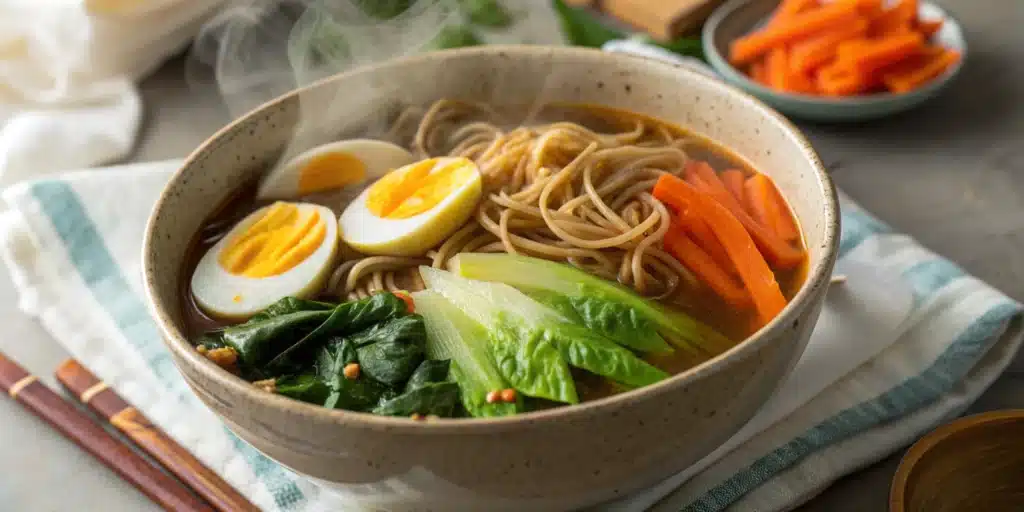
The Story Behind This Buckwheat Ramen Recipe
Why I Fell in Love with Buckwheat Noodles
When I first went gluten-free, I tried every noodle substitute out there. Rice noodles were too soft. Corn noodles had a funny aftertaste. Then I found 100% buckwheat soba noodles. They were firm, slightly nutty, and held up perfectly in broth. Best of all? They’re naturally gluten-free. That was a game-changer for me.
Now, I use buckwheat noodles in all kinds of dishes—from stir-fries to cold salads. But my favorite way to enjoy them is in this warm, nourishing ramen. It reminds me of the ramen I used to love, but with even more depth and flavor.
A Bowl That Brings Comfort and Confidence
This recipe is more than just food. It’s proof that going gluten-free doesn’t mean giving up the dishes you love. With the right ingredients and a little know-how, you can recreate any comfort food—safely and deliciously. And once you master this buckwheat ramen, you’ll feel confident tackling other gluten-free favorites, like my gluten-free sausage rolls recipe, which has become a family favorite.
Print
Buckwheat Ramen recipe: Ultimate Gluten-Free Comfort Bowl
- Total Time: 45
- Yield: 4 1x
Description
A comforting and nourishing bowl of gluten-free buckwheat ramen with a savory miso broth, tender vegetables, and perfectly cooked noodles. Topped with soft-boiled eggs for a rich, satisfying meal.
Ingredients
4 eggs, boiled for 5 minutes, then cooled in ice water for a while, then peeled and cut in half
1 Tbs extra-virgin olive oil
1 medium onion, chopped
sea salt
3 garlic cloves, sliced
1 Tbs yellow miso
1 tsp grated ginger
½ tsp sriracha sauce
7 cups vegetable broth
1 Tbs white vinegar
1 large head of bok choy, cut into ½-inch wide strips
3 Tbs liquid aminos
1 cup shredded or spiralized carrots
3 buckwheat ramen noodle cakes
1 jalapeno pepper, sliced (optional garnish)
Instructions
1. In a large soup pot, heat the oil over medium heat and add the onions. Sprinkle with a little sea salt.
2. Saute about 5 minutes, or until the onions start to brown.
3. Add the garlic, miso, and ginger. Cook, stirring about 1 minute.
4. Stir in the sriracha and cook for about 30 seconds.
5. Add the vinegar, and use it to deglaze the pan, scraping up any bits from the bottom of the pan.
6. Add the broth, bok choy, carrots, and aminos.
7. Bring to a boil, then reduce the heat to low and simmer, uncovered, until the bok choy is slightly tender, about 15 minutes.
8. Turn the heat back up to medium-high and add the buckwheat ramen noodles, poking them with a fork or tongs to break them up. Cook, stirring occasionally, just until the noodles are al dente (about 4 minutes). NOTE: Do not overcook these noodles, or they may become gummy!
9. Ladle the soup into bowls, and top each bowl with 2 egg halves and a few slices of jalapeños.
Notes
Always use certified gluten-free buckwheat ramen noodles to ensure the dish is safe for a gluten-free diet.
For the best texture, do not overcook the noodles. Cook them just until al dente—about 4 minutes.
You can substitute bok choy with spinach or kale, and carrots with zucchini or bell peppers.
To add more protein, include shredded chicken, tofu, or sliced mushrooms.
Store leftovers in the refrigerator for up to 3 days. Reheat gently on the stove to maintain noodle texture.
- Prep Time: 20
- Cook Time: 25
- Category: Main Course
- Method: Stovetop
- Cuisine: Japanese-Inspired
Nutrition
- Serving Size: 1 bowl
- Calories: 320
- Sugar: 8
- Sodium: 1100
- Fat: 14
- Saturated Fat: 3
- Unsaturated Fat: 9
- Trans Fat: 0
- Carbohydrates: 36
- Fiber: 5
- Protein: 16
- Cholesterol: 180
What Makes This Buckwheat Ramen So Good?
The Magic of a Flavor-Packed Broth
The secret to great ramen is the broth. This one starts with a simple sauté of onion, garlic, and ginger—three ingredients that build a deep, aromatic base. Then we add yellow miso paste, which gives the broth its rich umami flavor. A strategic drizzle of white vinegar acts as a flavor enhancer, elevating each ingredient while adding a brilliant brightness that transforms the entire soup.
I use vegetable broth here, but you can easily swap in chicken or beef broth if you prefer. Just make sure it’s certified gluten-free. The broth simmers for about 15 minutes, letting all the flavors meld together into something truly special.
Why Buckwheat Noodles Are the Perfect Choice
Buckwheat noodles are a standout for gluten-free cooking. Crafted entirely from pure buckwheat flour, these products guarantee a completely gluten-free experience without any unwanted surprises. They cook quickly and have a satisfying chew that holds up well in hot broth. Just be careful not to overcook them—4 minutes is all they need. Overcooked buckwheat noodles can turn gummy, so set a timer!
Look for brands that say “100% buckwheat” and “certified gluten-free” on the package. I’ve had great results with King Soba and Big Green Organic Food.
Ingredients You’ll Need
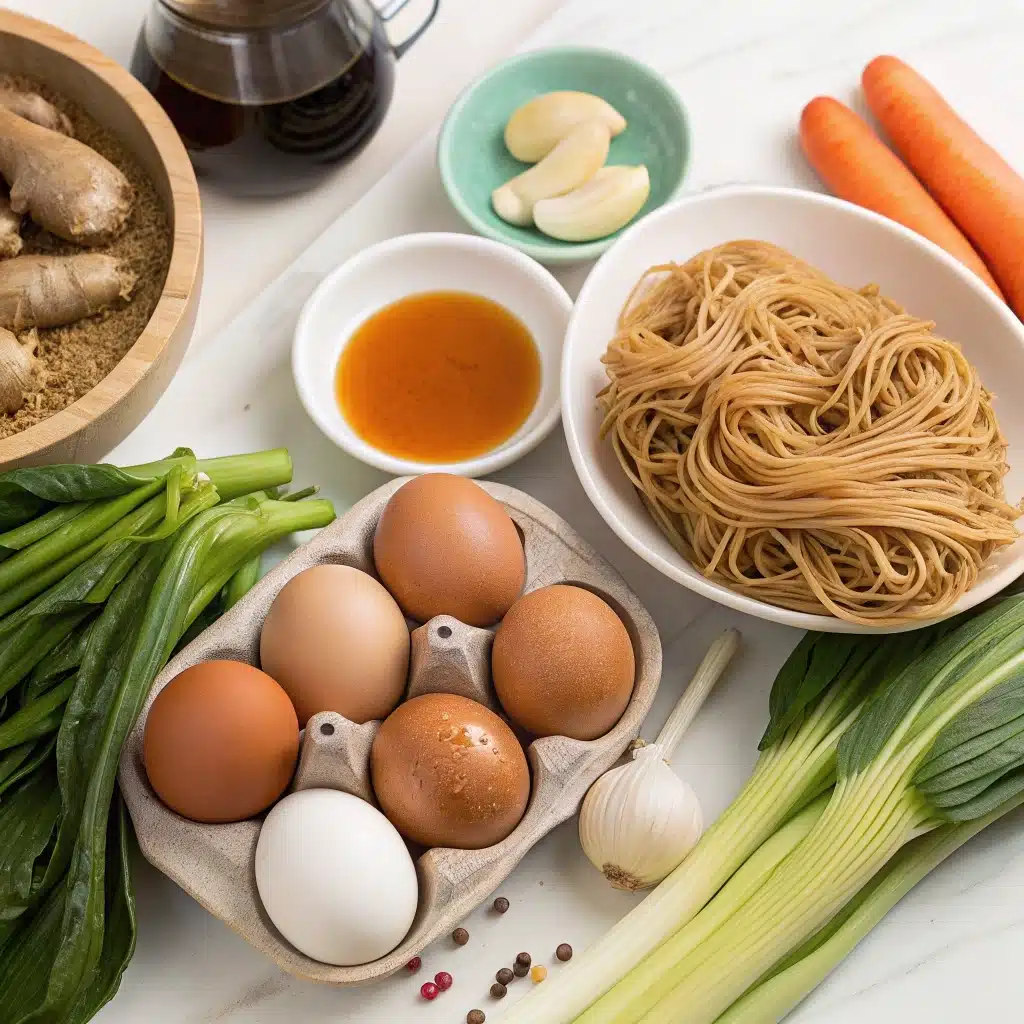
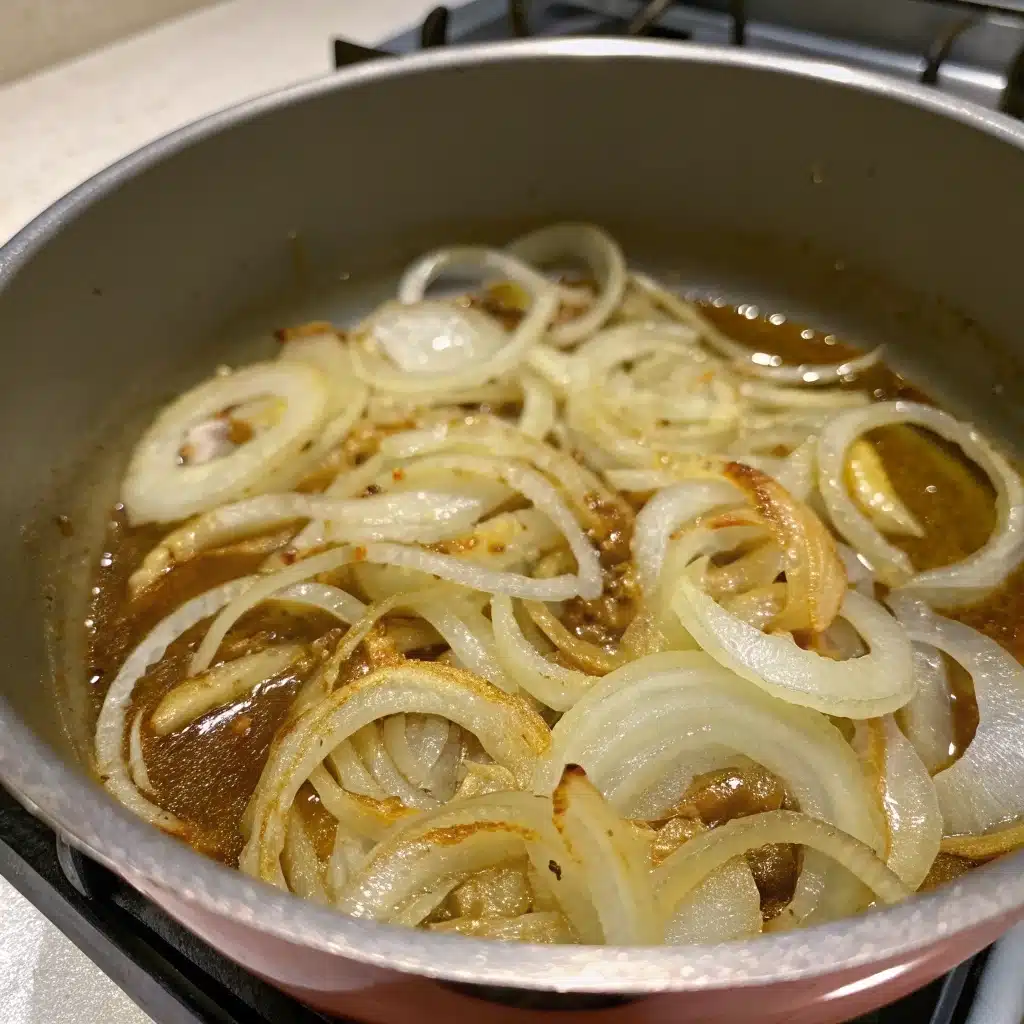
Here’s everything you need to make this comforting bowl of buckwheat ramen. All ingredients are gluten-free, and I’ve included easy swaps where possible.
Gluten-Free Ramen Bowl Ingredients
| Amount | Ingredient & Preparation |
|---|---|
| 4 |
eggs, boiled for 5 minutes, then rapidly cooled in an ice bath Gently peeled while still warm and neatly halved for optimal presentation |
| 1 medium | onion, chopped |
| To taste | sea salt |
| 3 cloves | garlic, sliced |
| 1 Tbs | yellow miso paste |
| 1 tsp | grated ginger |
| ½ tsp | sriracha sauce (optional, for heat) |
| 7 cups | vegetable broth (certified gluten-free) |
| 1 Tbs | white vinegar |
| 1 large head | bok choy, cut into ½-inch wide strips |
| 3 Tbs | liquid aminos (gluten-free soy sauce alternative) |
| 1 cup | shredded or spiralized carrots |
| 3 | buckwheat ramen noodle cakes (100% buckwheat, certified gluten-free) |
| 1 | jalapeño pepper, sliced (optional garnish) |
Note: Make it a habit to thoroughly scrutinize ingredient labels for gluten-free certification, paying special attention to commonly overlooked items like miso paste, cooking broths, and liquid aminos.
Step-by-Step Instructions
Step 1: Prepare the Eggs
Start by boiling the eggs. Start by placing them in a pot filled with cold water, then bring to a rolling boil and maintain precise timing for exactly 5 minutes. Immediately shock them in an ice bath to halt the cooking process and preserve the perfect texture. After they’ve cooled completely, the shells will slip off easily, allowing you to cut perfect halves every time. Set aside. These soft-boiled eggs add a creamy richness to the ramen.
Step 2: Build the Broth Base
In your largest soup pot, warm the olive oil over medium heat until it begins to shimmer, indicating it’s reached the ideal temperature for the next step. Add the chopped onion and a pinch of sea salt. Cook for about 5 minutes, stirring occasionally, until the onions are soft and lightly golden.
Add the garlic, miso, and grated ginger. Keep stirring continuously for a full minute to awaken the spices and unlock their aromatic oils. Then fold in the sriracha (if desired) and cook for an additional 30 seconds until the mixture becomes deeply fragrant.
Step 3: Deglaze and Simmer
Pour in the white vinegar and use a wooden spoon to scrape up any browned bits from the bottom of the pot. This step adds incredible depth to the broth.
Next, incorporate the vegetable broth, fresh bok choy, sliced carrots, and liquid aminos, creating a vibrant base. Bring the entire mixture to a vigorous boil, then immediately reduce to a gentle simmer over low heat for optimal flavor development. Let it simmer uncovered for about 15 minutes, until the bok choy is tender but still vibrant.
Step 4: Cook the Noodles
Turn the heat back up to medium-high. Lower the buckwheat ramen noodles into the hot broth, immediately using tongs or a fork to break apart the compressed blocks and ensure uniform distribution throughout the soup. Cook for exactly 4 minutes, stirring occasionally, until the noodles are al dente. Do not overcook—they can become gummy if left too long.
Step 5: Serve and Enjoy
Ladle the hot soup into bowls. Crown each bowl with 2 perfectly halved eggs and arrange a few crisp jalapeño slices on top for those who crave extra heat and visual appeal. Serve immediately and enjoy every comforting bite.
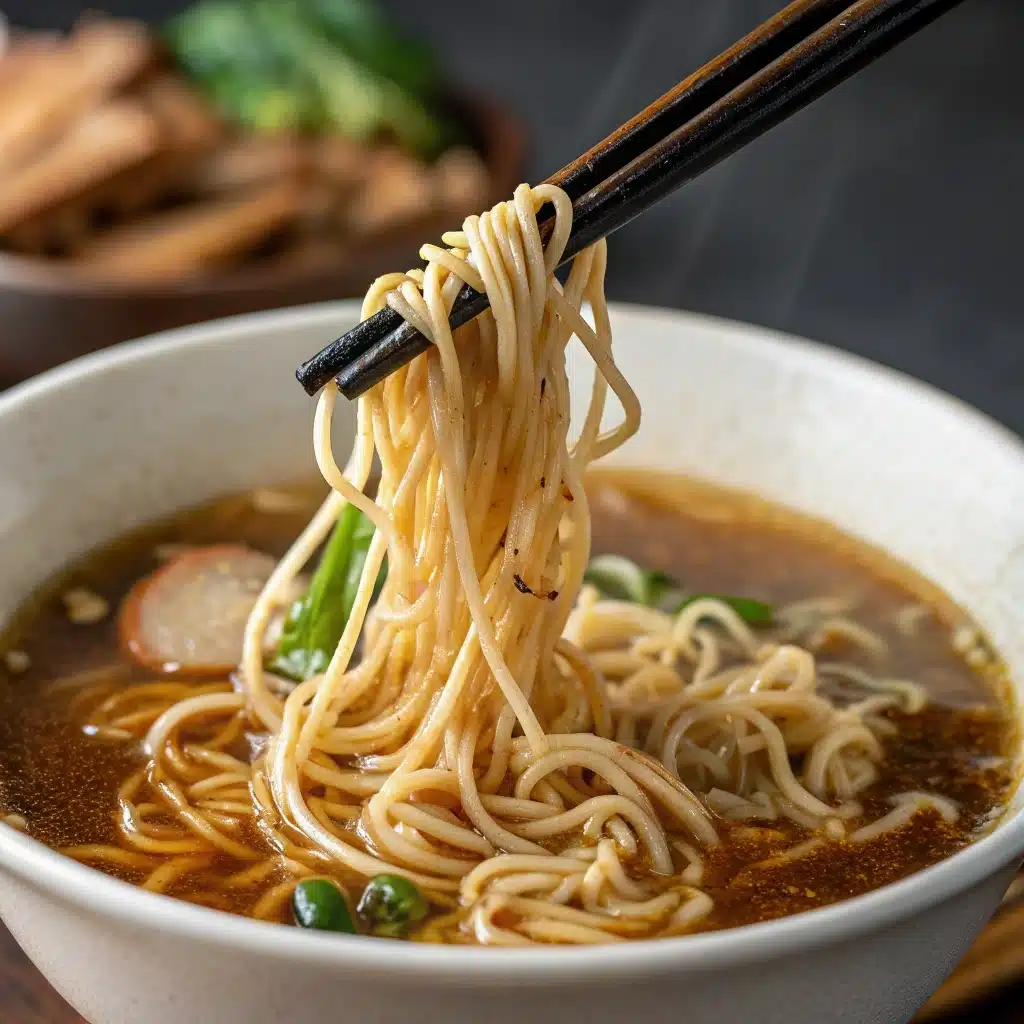
Tips for the Best Results
- Keep noodles separate if meal prepping. Buckwheat noodles absorb broth quickly. Store them separately and combine when reheating.
- Use certified gluten-free ingredients. Even small amounts of gluten can be harmful, so always check labels.
- Don’t skip the vinegar. It adds brightness and helps balance the rich miso flavor.
- Customize your toppings. Try adding sliced mushrooms, corn, nori strips, or green onions for extra flavor and texture.
Frequently Asked Questions
Are buckwheat noodles healthier than ramen?
Yes. Buckwheat noodles are higher in protein and fiber than traditional wheat-based ramen. They also have a lower glycemic index, which means they won’t spike your blood sugar as much.
Do buckwheat noodles have gluten?
Pure buckwheat is naturally gluten-free. However, some soba noodles contain wheat. Always choose 100% buckwheat noodles that are certified gluten-free.
Is buckwheat noodle high in carbs?
Yes, like all noodles, buckwheat noodles are high in carbohydrates. But they’re a complex carb with fiber, making them a better choice than refined wheat noodles.
Are ramen noodles made of buckwheat?
No. Traditional ramen noodles are made from wheat flour. The noodles in this recipe are buckwheat-based, making them a gluten-free alternative often called “soba ramen.”
Final Thoughts: A Bowl You Can Feel Good About
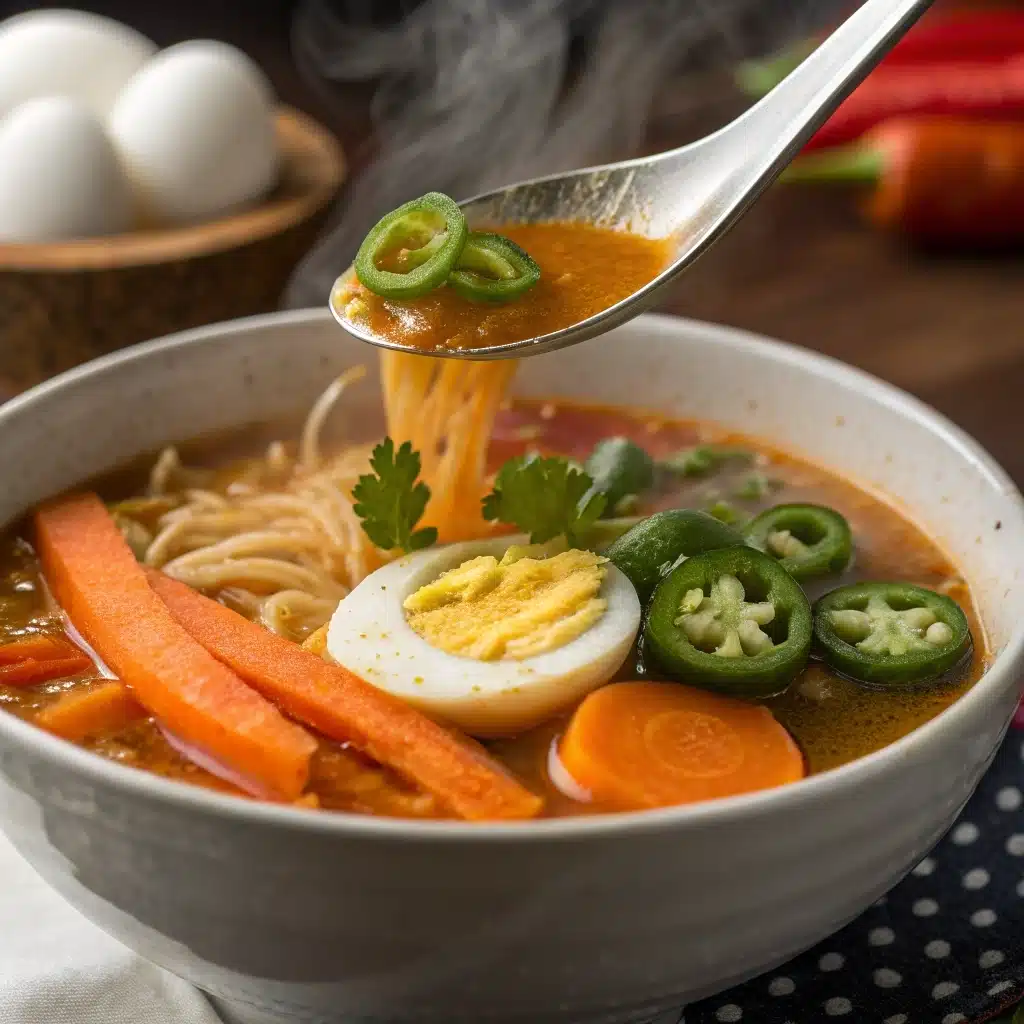
This gluten-free buckwheat ramen is one of my go-to meals when I need comfort without compromise. It’s quick to make, packed with flavor, and completely safe for my gluten-free lifestyle. Every spoonful reminds me that eating gluten-free doesn’t mean eating less—it means eating smarter, with more joy and more confidence.
If you’re new to gluten-free cooking, start with simple, satisfying recipes like this one. You’ll soon see that with the right ingredients and a little creativity, you can enjoy all your favorite foods—safely and deliciously.
For more gluten-free inspiration, check out my Gluten Free Red Velvet Brownies, and Gluten-Free Potato Buns, a savory favorite that’s perfect for gatherings or a quick snack.
For more Gluten-Free recipes, follow me on Facebook and Pinterest.